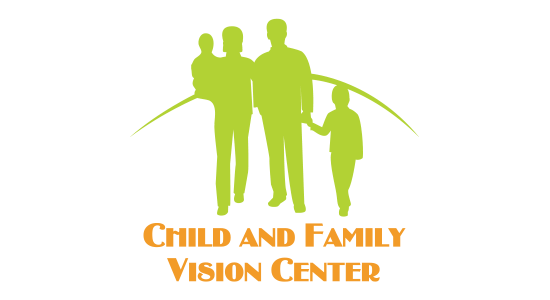What is Vision Therapy?
Vision therapy is a program of prescribed exercises and activities to improve various aspects of our visual system.
Utilitizing various lenses, prisms, filter, and devices, we retrain how the brain moves our eyes, how they work together as a team, how they focus to make and keep things clear, and how it makes sense of the visual information it receives from the eyes.
What signs in my child shows that could benefit with Vision Therapy?
Vision therapy can help improve issues such as double vision, blurry vision, headaches, motion sickness, eye strain/fatigue, and poor eye/hand coordination.
Beyond that, we often see improvement in hand writing, reading speed and comprehension, and general ability to complete school and work tasks more easily and efficiently.
Which conditions can benefit with Vision Therapy?
Specifically, we treat conditions such as convergence insufficiency and convergence excess, focusing (clarity) issues, lazy eye (amblyopia), eye turns (strabismus), eye movement disorders, as well as lingering post-concussion/stroke issues.
What is Sports Vision?
Sports vision is an area of vision therapy dedicated to enhancing visual skills needed for specific sports.
Sometimes there are underlying vision issues that hinder sports performance that we work to address; other times, we work to enhance visual skills to improve overall performance, particularly for high-level athletes.
Who can benefit from Sports Vision?
Anyone can benefit from sports vision. We can improve the sports skills of everyone from the ‘weekend warrior’ to amateur sports and even professional athletes.
What are the signs to look out for?
Ultimately, this depends on the sport, but for most sports, if you feel you are having a hard time tracking an object (baseball, tennis ball, etc), hitting/catching, experience variable blurry vision, struggle to sight or hit targets accurately, or just feel you’re not progressing at the same level or have noticed a drop-off in performance, a vision assessment would be warranted.
What is Myopia?
Myopia, otherwise known as near-sightedness, is a disease of the eye that leads to the elongation/lengthening of the eye, causing images far away to become blurry.
Why is myopia a major public health issue?
As the level of myopia increases and the eyeball continues to grow and elongate, this causes structural changes in the tissues of the eye.
This increases the potential for problems such as glaucoma, macular degeneration, and retinal detachments.
Why is Myopia Management important for eye health?
In myopia management, we are utilizing various lenses or drops to slow the rate of elongation. The more we can slow or stop that change, there is a further reduction in the risk of developing glaucoma, macular degeneration and retinal detachments.

